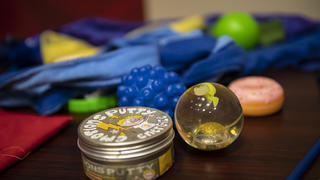Kinney Autism & Support
The path to becoming a Board Certified Behavior Analyst (BCBA) can be a long one and requires lots of dedication. Aspiring BCBAs must complete Graduate Level coursework in Behavior Analysis, complete 2,000 hours of supervised fieldwork, pass the BCBA exam, and become licensed in the state that they wish to practice in. Later this year, three of our Graduate Assistants will take the final steps in this process and sit for their exam. Clare Peropat '20, '22 (M.S.) started her training when she worked at the Kinney Center as a SCHOLAR and now shares her story as she looks back at her time at the Kinney Center.
